

Shovel Knight is one of the biggest crowd funding success stories. Indie developer Yacht Club Games took to Kickstarter in 2013 to raise funds for its 2D love letter to the NES era, asking for a modest minimum funding goal of $75,000. The result was phenomenal. Yacht Club ended up raising $311,502, fulfilling all stretch goals for additional features.
A lot was expected of Yacht Club’s title, with a list of influences including some of the most well-loved games of all time. Yet upon its release, few were disappointed – in fact, Yacht Club saw Shovel Knight pick up a number of award nominations. And for good reason: Shovel Knight is not just an excellent, careful homage to classic 2D platforming, but an impressive independent game in its own right.
It is all-too-easy to dismiss Shovel Knight based around its obvious inspirations, and there is no denying that the retro appeal is strong with this one. Shovel Knight is not the first 2D platformer where the titular, diminutive, blue-armored hero must traverse challenging, themed levels before facing off against tough bosses with set patterns. It’s not just Mega Man on show here, either. Shovel Knight’s shovel blade controls similarly to Scrooge McDuck’s cane in DuckTales, usable as both a straightforward weapon, and as a pogo stick to both damage enemies and reach hard-to-find platforms.
There are other prominent influences, too. The overworld map, used to reach levels and to fight the Order of No Quarter, a group of corrupt, villainous knights, is similar to that of Super Mario Bros. 3. Some of the level designs themselves give a nod to the cogs and wheels of Castlevania. Shovel Knight can also go into peaceful towns to buy upgrades to armor, magic and weaponry, reminiscent of 1980s side-scrolling RPGs such as Faxanadu.
It sounds like a mix of too many ideas, but Yacht Club has manages to strike a near-perfect balance between different gameplay styles without Shovel Knight becoming a Frankenstein’s monster of NES titles. It never feels out of place to go from twitch- and pattern-based Castlevania-style platforming to DuckTales treasure-hunting. This is helped, in part, through the game’s tongue-in-cheek humor. Yacht Club knows its ’80s gaming references, and uses them in a subtle and smile-inducing way.
Shovel Knight’s graphical and audio design adds to the entire retro feel. The color palette used is strikingly similar to that on display on the NES, filled with vibrant primaries and familiar-seeming sprites. Meanwhile, the game’s chiptune soundtrack is again reminiscent of Mega Man, with strong melodies that sit well with the levels’ themes. Sound effects, too, fit the bill. They are punchy, distorted and familiar to retro game enthusiasts.
Thankfully, Shovel Knight is not simply a throwback to the age when the platform was king. There are a number of modern elements at work, with Yacht Club clearly taking steps to make sure their title would still be relevant to modern gamers. Although Shovel Knight is challenging, particularly during sections such as Propeller Knight’s Flying Machine stage, it never falls into the ‘Nintendo hard’ category of games, helped in part by its checkpoint system. This system maintains a sense of urgency by having players lose treasure when they die, which can be recollected when the player tries to beat the stage again.
The challenge on show is also helped by the game’s controls, which are crisp and responsive. With stages that often require snap judgements to avoid taking damage, or quick response times to combat enemies, a level of precision from both movement and attack is required, and thankfully Yacht Club has provided it. This is especially true of the game’s boss battles, which consist of movement and attack patterns to memorize, wide-burst attacks and dangerous, trap-laden arenas.
Although the title seems short at first glance, consisting of the eight knights of the Order of No Quarter and end boss The Enchantress, Shovel Knight also provides players with rewards for exploration. Levels have secret areas, containing everything from extra treasure to unlockable items such as music sheets, which provide players with a boon of gold for upgrades. There is also secret content for players willing to take on additional hidden quests, including extra boss battles like Mr Hat, and more upgrades to be won.
It’s worth noting the game’s story as well. It seems generic enough – Shovel Knight must defeat his former allies, the Order of No Quarter, to then fight The Enchantress to find and save his beloved partner Shield Knight. However, there are enough bittersweet moments to give Shovel Knight a pinch of gravitas. The Order of No Quarter themselves also have strong and distinct characters and desires, from the arrogance of King Knight to the grim pragmatism of Polar Knight, making the game all the more immersive and rewarding.
Of course, the game isn’t perfect. Shovel Knight generally feels like a strong new IP, but there are occasional moments where the title’s influences are a little too on the nose. Overall, though, Shovel Knight is an excellent and addictive 2D platformer that manages to concentrate the best parts of 8-bit gaming into one very clever package.
Shovel Knight is out now for Wii U, 3DS, PC and Mac, and is set for a release on PS4, PS3 and PS Vita this year.
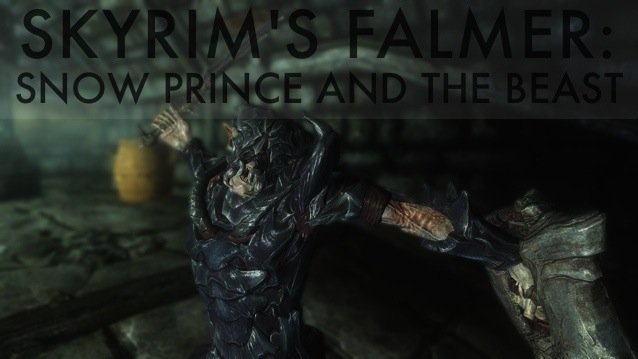
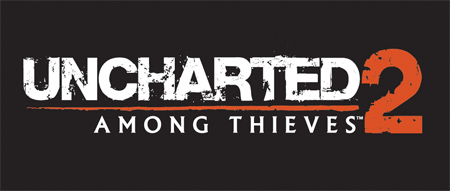

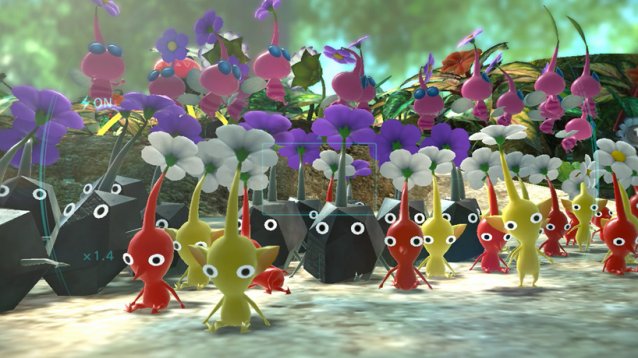
 The Witcher 3 - Wild Hunt (PC) solution to all sidequests
The Witcher 3 - Wild Hunt (PC) solution to all sidequests Tomb Raider Guide (Part 1)
Tomb Raider Guide (Part 1)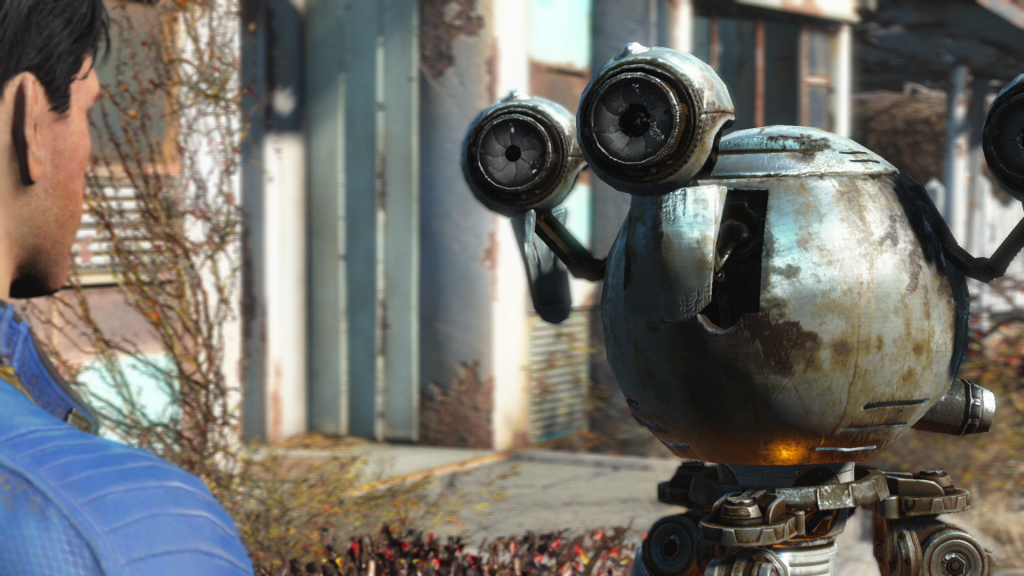 Fallout 4 Guide: How To Farm Infinite Bottle Cap Money Using Glitch/Trick
Fallout 4 Guide: How To Farm Infinite Bottle Cap Money Using Glitch/Trick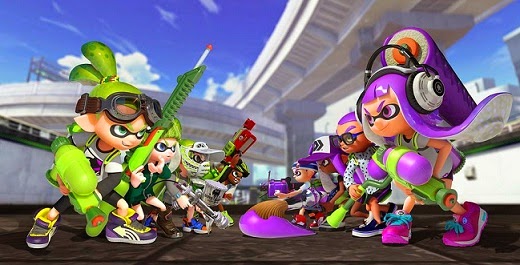 Splatoon (Wii U) review - demo
Splatoon (Wii U) review - demo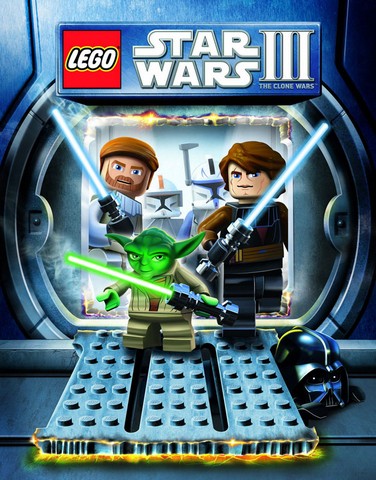 Cheat Codes to Unlock Characters in Lego Star Wars 3
Cheat Codes to Unlock Characters in Lego Star Wars 3